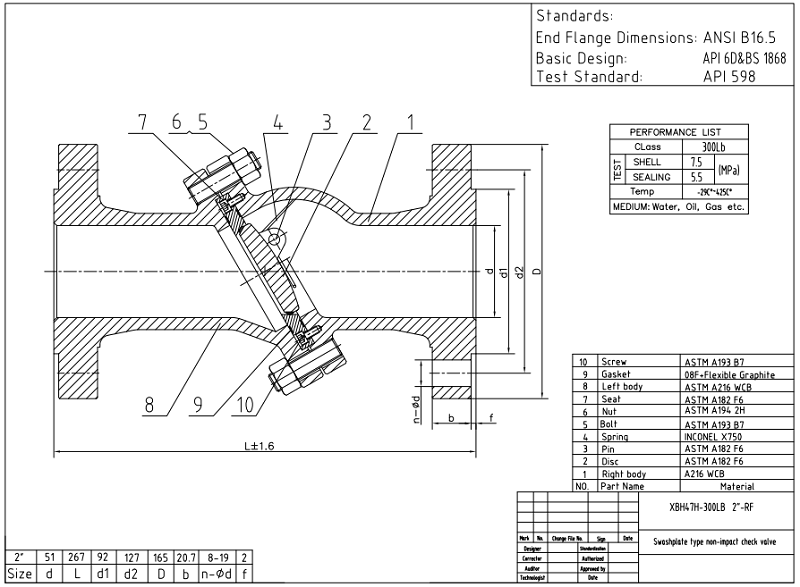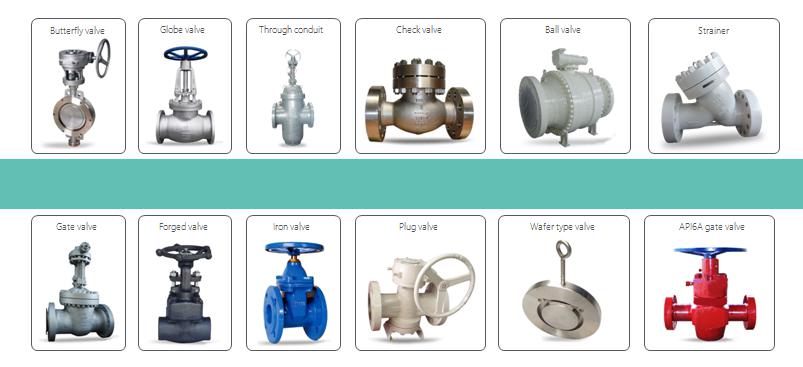Top 10 Chinese Valve Manufacturers Selected for 2025
2025-09-30
Based on publicly available industry data, company websites, and authoritative rankings in 2025, this article selects ten Chinese valve manufacturers that are representative in terms of technology, production capacity, qualifications, and market performance. The ranking emphasizes overall corporate capability and market influence, aiming to provide a reference for procurement and engineering selection. Suzhou Neway Valve Co., Ltd. (Brand: NEWAY) Neway is one of the few domestic valve manufacturers capable of serving high-end applications such as deep-sea, LNG, and nuclear power. The company possesses comprehensive technology and international certifications, with outstanding production capacity and project support capabilities. It holds a significant share in large-scale projects and export markets, making it a representative of leading domestic valve enterprises. DERVOS VALVE (Brand: DERVOS VALVE) DERVOSVALVE' s product line covers a full range of valves, including ball valves, butterfly valves, gate valves, globe valves, and check valves. The company holds comprehensive technology and international certifications, ensuring its products meet the requirements of various operating conditions and markets. With in-house manufacturing capabilities and first-class supply strength, DERVOS VALVE can offer customers excellent delivery speed and consistent quality assurance. The company supports orders starting from a single unit (MOQ≧1) and provides one-stop services from inquiry and quality inspection to final delivery. Lianggu Valve Group Co., Ltd. (Brand: Lianggu) Lianggu specializes in forging, casting, and CNC machining, offering a comprehensive range of valve specifications across multiple manufacturing sites and its own casting and forging facilities. The company is well-suited for mid-to-high-end engineering projects and maintains stable clients and standardized capabilities in sectors such as nuclear power and petrochemicals. CNNC Suzhou Valve Technology & Industrial Co., Ltd. (Brand: CNNC Su Valve) CNNC Su Valve originates from the state-owned system and has long been responsible for supplying valves for nuclear power and major engineering projects. Its qualifications and testing capabilities are among the industry' s leading standards. The company possesses irreplaceable engineering experience in high-integrity and specialty valves. Suzhou Dawson Drilling & Production Equipment Co., Ltd. Founded in 2006, the company primarily manufactures oil and gas drilling and production equipment as well as valve products. Its products are widely used in the energy sector, including oil and natural gas. With strong R&D and manufacturing capabilities, Dawson maintains a stable position in both the drilling equipment and industrial valve markets. Zhejiang KCM Valve Co., Ltd. (KCM Valve) KCM Valve has long focused on the research and manufacturing of marine valves. Its products ...

